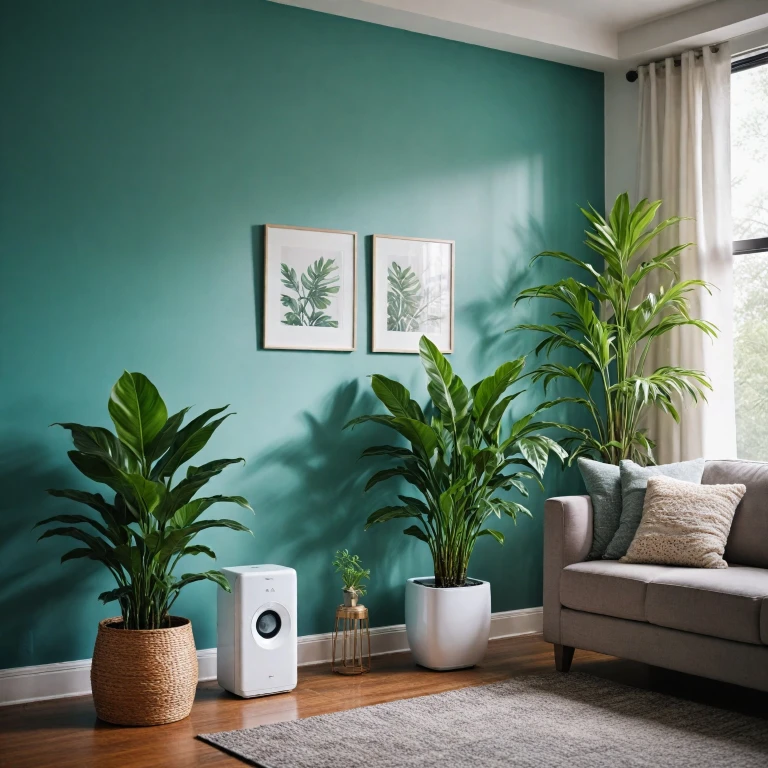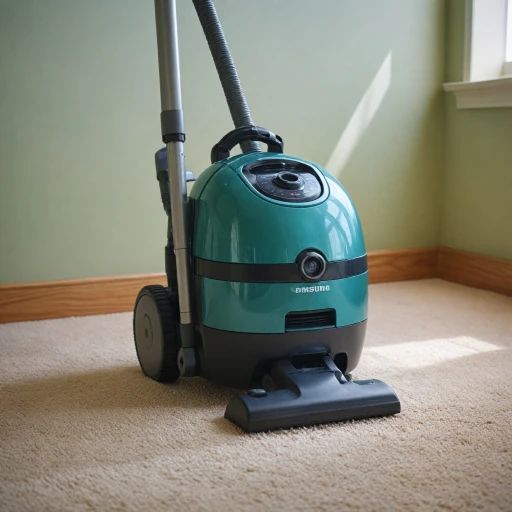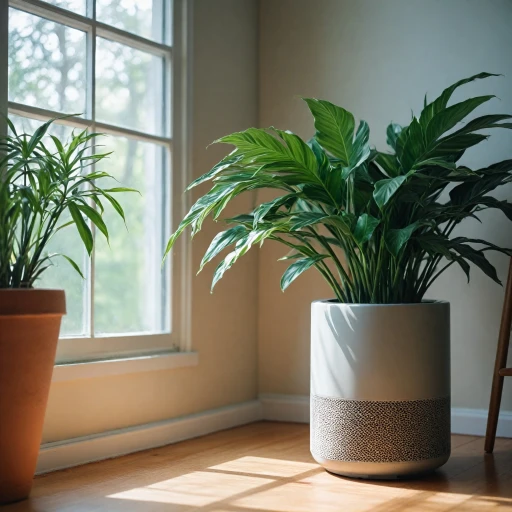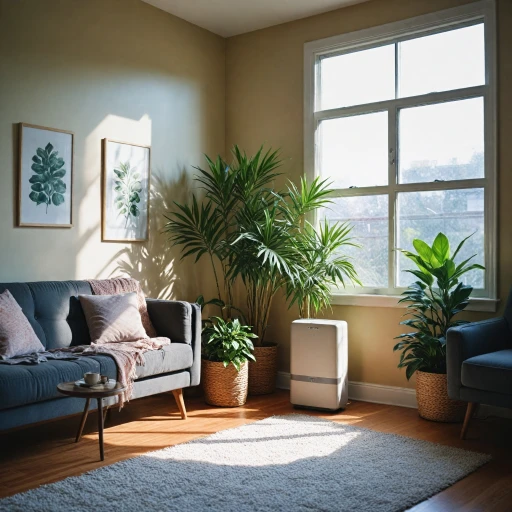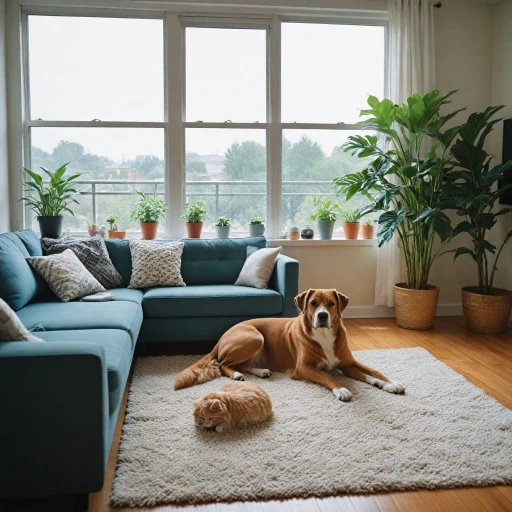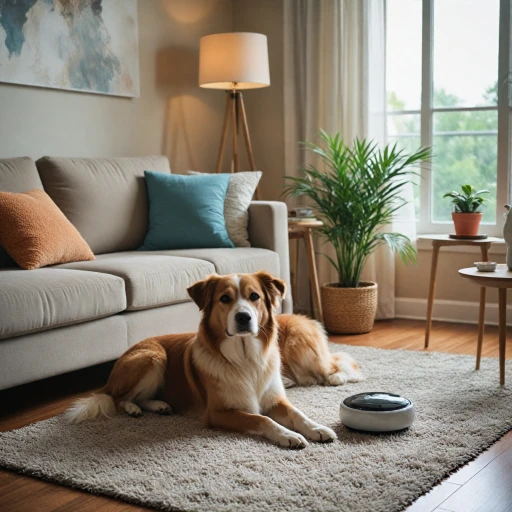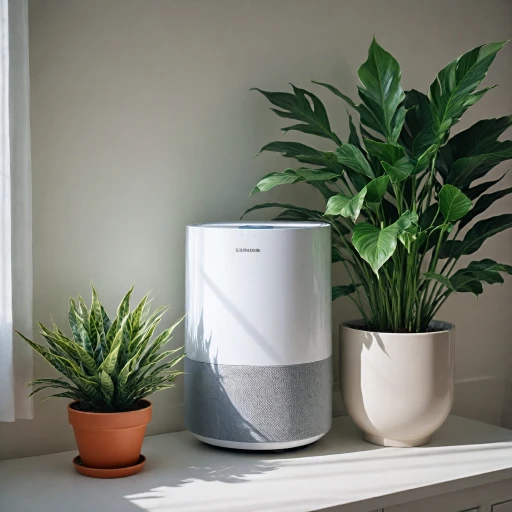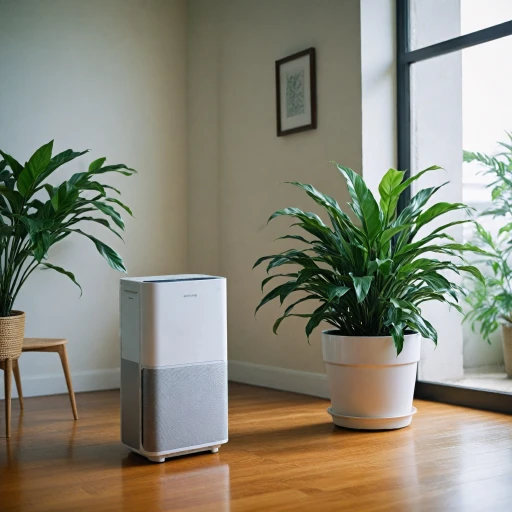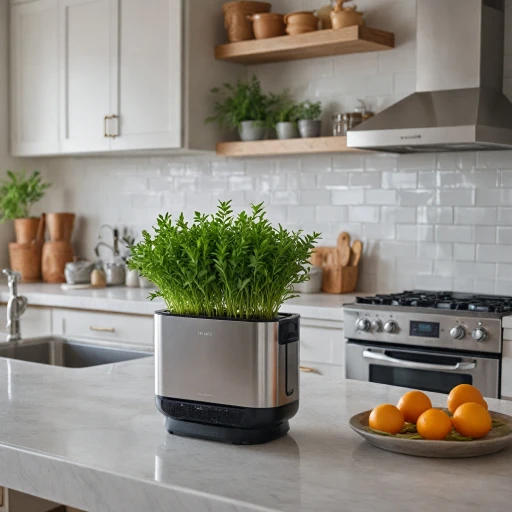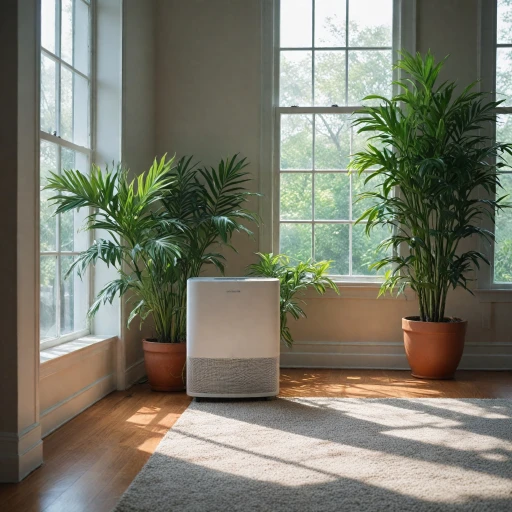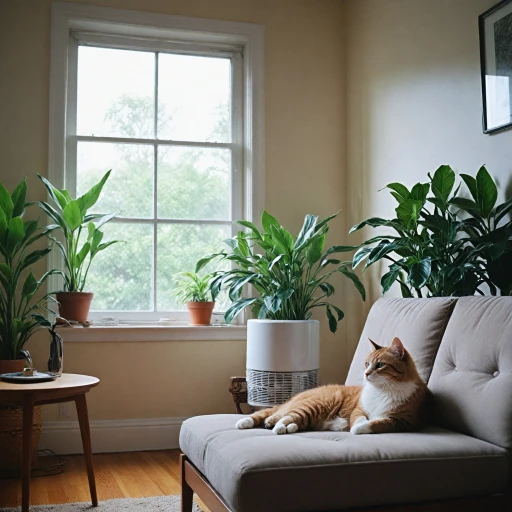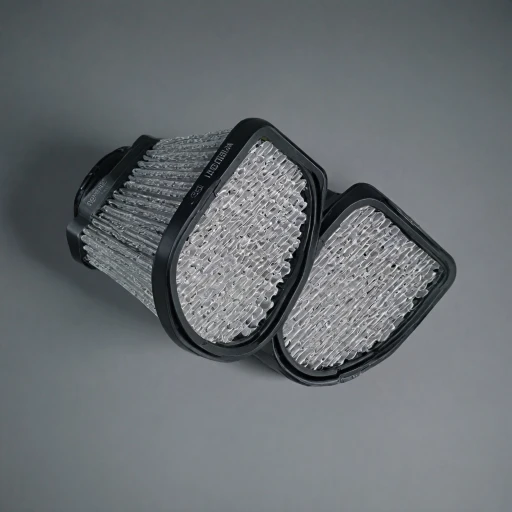
Understanding Paint Odors
Unpleasant Impact of Paint Fumes
Understanding paint odors is essential for those who frequently work with either water-based or oil-based paints. Paint fumes consist of various chemicals, including volatile organic compounds (VOCs), which contribute significantly to the notorious strong smell. This odor isn't just unpleasant; it can pose health risks when inhaled over time, affecting indoor air quality. Paints, whether regular or eco-friendly, emit fumes during the drying process. While water-based paints tend to produce fewer VOCs compared to their oil-based counterparts, they still can affect a room's air quality. Those concerned about health should prioritize methods to counteract these effects, one of which includes using air purifiers to tackle the unpleasant aroma and health hazards associated with fresh paint. For paint professionals and DIY enthusiasts alike, it's crucial to address these odors effectively. Tackling paint fumes through technologies like HEPA filters or activated carbon can provide significant relief. Learning more about choosing the right air purifier for volatile organic compounds can help in making informed decisions regarding indoor air quality management.How Air Purifiers Work Against Paint Smells
Neutralizing Paint Smells in Indoor Spaces
When struggling with the lingering scent of paint fumes, one might consider utilizing an air purifier as a combat strategy. These efficient devices are specifically engineered to target and reduce unpleasant odors, and they do so by capturing airborne pollutants like volatile organic compounds (VOCs) found in fresh paint through high-performance filters. Air purifiers operate by drawing in the surrounding air and passing it through various types of filters, including HEPA filters and activated carbon filters. The HEPA filter is designed to trap particulate matter such as dust and allergens, while a carbon filter specifically targets gases, chemicals, and odors. This dual-action filter system proves highly effective against the indoor air quality issues associated with paint fumes. In water-based and oil-based paints, compounds such as VOCs, known for their distinct smell and potential health concerns, are released. An air purifier with a robust filtering mechanism can help mitigate the impact of these chemicals by maintaining cleaner air inside your home, especially in confined environments where coverage can be a matter of concern. While price points for purifiers vary—some offer sale prices appealingly lower than the regular price—a regular unit equipped with the right filter for your room size can indeed be a worthy investment. Moreover, air purifier eligibility for health savings account (HSA) reimbursement could be an important consideration when evaluating the cost-benefit aspect of maintaining air quality post-painting. For more on HSA reimbursement options for air purifiers, you may visit are air purifiers eligible for HSA reimbursement. In addition to utilizing air purifiers, there are certain methods to enhance their effectiveness which can further help reduce paint smells significantly, fostering a healthier and fresher living space.Key Features to Look for in an Air Purifier
Essential Attributes for an Efficient Air Purifier
When it comes to selecting an air purifier to tackle paint odors, there are several critical features to consider that will help ensure your indoor air quality is safe and free from hazardous paint fumes.
High-Efficiency Particulate Air (HEPA) Filters
HEPA filters are renowned for their ability to capture minuscule particles and are vital in filtering out paint-related pollutants. These filters effectively trap dust, pollen, and even volatile organic compounds (VOCs) emitted by both water-based and oil-based paints. Investing in the best air purifiers with HEPA filters is crucial for maintaining a healthy environment in any room undergoing painting.
Activated Carbon Filters
Equipped to absorb strong chemical odors, activated carbon filters are another essential component to consider. These filters work by attracting and holding onto VOCs, ensuring that the paint smell is significantly reduced. The combination of HEPA and carbon filters often makes an air purifier more efficient in eliminating paint fumes.
Coverage Area
The unit's coverage area is a critical specification you must not overlook. An air purifier will only be effective if it can service the entire room where paints are being used. Check the product details to ensure the coverage area matches your room’s dimensions.
Cost and Maintenance
Air purifiers come at a regular price that varies based on features and brand reputation. It's important to consider both the initial sale price and the ongoing costs of replacement filters. Although HEPA and activated carbon filters might increase the price regular, they are investments in long-term health.
Incorporating these key features into your decision-making process will help in choosing an air purifier that effectively tackles the odor of paint fumes, ultimately enhancing both comfort and health in your living or workspace.
Top Air Purifiers for Paint Odors
Leading Models for Tackling Paint Fumes
Navigating the myriad choices of air purifiers available on the market can be overwhelming. However, when targeting paint odors, selecting a device tailored to combat these specific pollutants is essential. Here's a look at some top-tier air purifiers known for their efficiency against paint fumes:- HEPA and Activated Carbon Combo Models: These purifiers are equipped with HEPA filters that effectively trap particulates, while activated carbon filters aid in absorbing volatile organic compounds (VOCs) and chemical odors typical of both water-based and oil-based paints. The synergistic action of these filters ensures comprehensive indoor air cleansing.
- Advanced HEPA Units: Look for air purifiers renowned for their superior HEPA filters, which offer extensive coverage and remove microscopic pollutants that contribute to paint odors. These units often boast a strong build quality and can efficiently enhance air quality in the room.
- Customizable Filtration Systems: Some models allow users to choose the type of filters best suited for their specific needs. Whether it’s a room filled with odors from organic compounds due to recent painting or a regular need to tackle a variety of air quality issues, customizable units provide the flexibility needed for diverse environments.
- Energy-Efficient Options: Investing in a unit with energy-efficient technology not only helps the environment but also can reduce long-term costs despite a higher up-front regular price. These devices still maintain strong odor-fighting capabilities.
Tips for Maximizing Air Purifier Efficiency
Optimize Your Device for Best Results
To make the most of your air purifier's capacity to tackle paint odors, there are a few key strategies you can adopt. These effective tips will not only enhance your unit's efficiency but also ensure your indoor air quality remains at its peak.- Strategic Placement: Positioning your air purifier is crucial. Place it in the center of the room or near the source of paint fumes for optimal coverage. Avoid placing it near walls or furniture that can obstruct airflow.
- Regular Maintenance: Regularly check and replace filters as needed, especially HEPA and carbon filters. Over time, filters become saturated with paint smell and other volatile organic compounds (VOCs), reducing their effectiveness.
- Set It to Run Continuously: If you are dealing with ongoing paint smells, let your purifier run continuously. This will ensure constant air circulation and purification, minimizing health risks associated with prolonged exposure to VOCs.
- Adjust Fan Speed: When paint smells are particularly strong, increasing the fan speed will help capture more odors faster. This is helpful after applying oil-based or water-based paints known for their potent fumes.
- Maintain a Clean Environment: Regularly cleaning the area around your air purifier ensures no additional dust or debris can interfere with its operation. This also helps filters capture more airborne chemicals effectively.
- Monitor Air Quality: Invest in a unit with an air quality sensor to monitor VOC levels. This way, adjustments can be made based on the current air condition, ensuring optimal air purification at all times.
Additional Methods to Combat Paint Smells
Alternative Solutions to Minimize Paint Odors
While air purifiers with HEPA and activated carbon filters are effective in reducing paint fumes, there are additional strategies you can employ to further improve indoor air quality and eliminate volatile organic compounds (VOCs) from your living space. Implementing a combination of methods can optimize your room’s air coverage and make the air significantly more breathable.
- Ventilation: Increase air exchange by opening windows and doors to allow fresh air to circulate and carry away paint smells. Consider using fans to expedite this process.
- Water-Based Paints: Opt for water-based paints instead of oil-based varieties. These tend to emit fewer chemicals and VOCs, making them easier on both your health and your air purifier filters.
- House Plants: Certain plants, such as peace lilies and spider plants, can help improve air quality by absorbing airborne toxins. They provide a natural complement to regular air purifying units.
- Baking Soda: Place bowls of baking soda in the room to help absorb odors. It's an affordable and chemical-free way to tackle paint fumes.
- Regular Cleaning: Regularly wiping surfaces and vacuuming the room will reduce dust and particles, thus allowing your air purifier to focus more on chemical pollutants.
Using these methods alongside a reliable air purifier will help ensure a fresher and healthier indoor environment during and after your painting projects. Always weigh the regular price against sale price options when choosing the best air purifier to match your needs.
